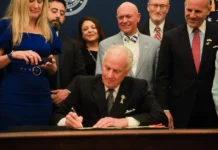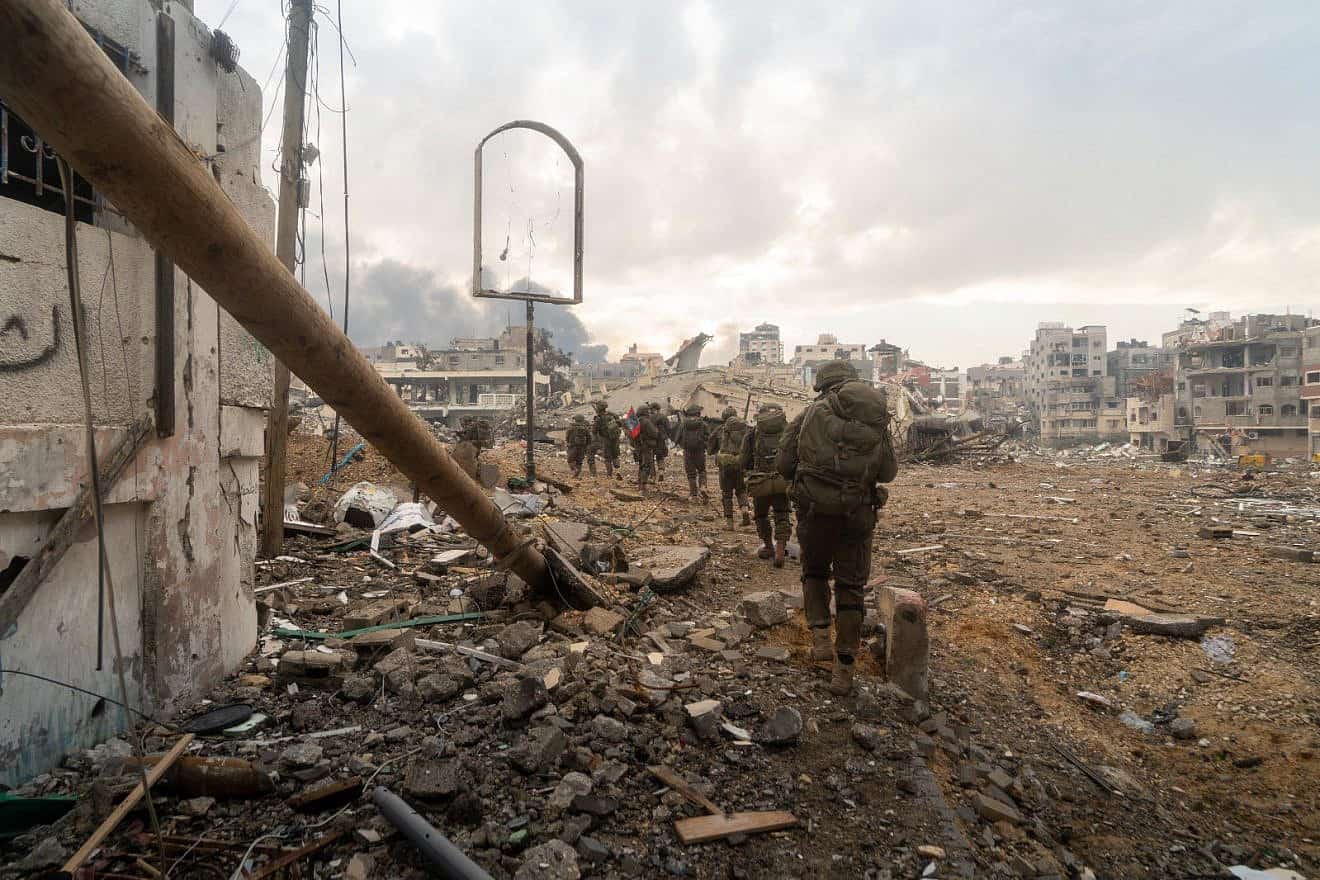The White House says it has made clear to the Israeli government that its military campaign in Gaza’s south must differ substantially from its operations in the strip’s north in the opening weeks of its war against Hamas.
A senior administration official, briefing reporters on Tuesday, said U.S. President Joe Biden and others in his government have “reinforced in very clear language with the government of Israel” that the “conduct of the Israeli campaign, when it moves to the south, must be done in a way that is to a maximum extent not designed to produce significant further displacement of persons.”
During its campaign in the north, Israeli officials ordered an evacuation of civilians to the south to limit civilian casualties. Israel is expected, following a ceasefire that will carry through at least Thursday, to begin operating in Gaza’s southern portion, with the Biden administration fearful civilian casualties could explode.
The official said Israel has been “receptive” to the White House’s concerns.
“There is an understanding that a different type of campaign has to be conducted in the south than was conducted in the north,” the official said.
A second senior administration official said that the American and Israeli governments were no longer discussing the type of “safe zone” that was implemented in northern Gaza, but “practical arrangements on the ground … what you might call areas of deconfliction.”
According to that official, no Gazans will be forced to evacuate their homes in the south, but will have United Nations facilities or other designated shelter options available to them should the need arise. Those areas will not be subject to “kinetic activity,” according to the second official.
“This is a very different concept than the one initially declared by Israel,” said the second official.
Second humanitarian phase
The first official announced that the first of three relief flights facilitated by the U.S. military will be arriving in northern Sinai on Wednesday, carrying medical items, food and winter items to be delivered by the United Nations “to civilians in need in Gaza.”
Two further planeloads will arrive in the coming days.
Both officials stressed that sustained aid at a subsistence level is now consistently entering Gaza, and the aid mission must now enter a “second phase,” which involves 300 to 400 trucks daily of commercial goods.
“To get that volume of assistance in, inspection procedures will need to be increased and enhanced,” the first official said. “You’re going to need to resort to commercial contracting within Gaza to meet the trucks coming in from Egypt. We know how it should be done. We hope that after this pause concludes, that can be phase two of the humanitarian program.”
The second official insisted that increased humanitarian aid, including increasing fuel being let into Gaza, is not tied to the continued release of Israeli hostages held by Hamas and other terror factions.
“We have taken maximum advantage of the pause for the hostage releases to move as much as we can,” the official said of the higher volume of aid flowing in. “What we are doing stands on its own, and when this current phase of hostage releases is over, we have made very clear that this level or increased levels ideally need to be sustained.”
The first official indicated that the administration does not see the Israeli government opening up the Kerem Shalom crossing for the entry of humanitarian goods “so long as hostages are held by Hamas.”
Kerem Shalom sits at the junction of the borders of Israel, Gaza and Egypt. Currently, all aid is being sent through the Rafah crossing, which is controlled by Egypt.
The official noted that Kerem Shalom has “robust inspection facilities” which could be used to ensure proper aid is flowing through without contraband before being redirected to Rafah before entering Gaza.


























